Rüppell’s Griffon Vulture, Juvenile Plumage
Gyps rueppelli
Juvenile Plumage
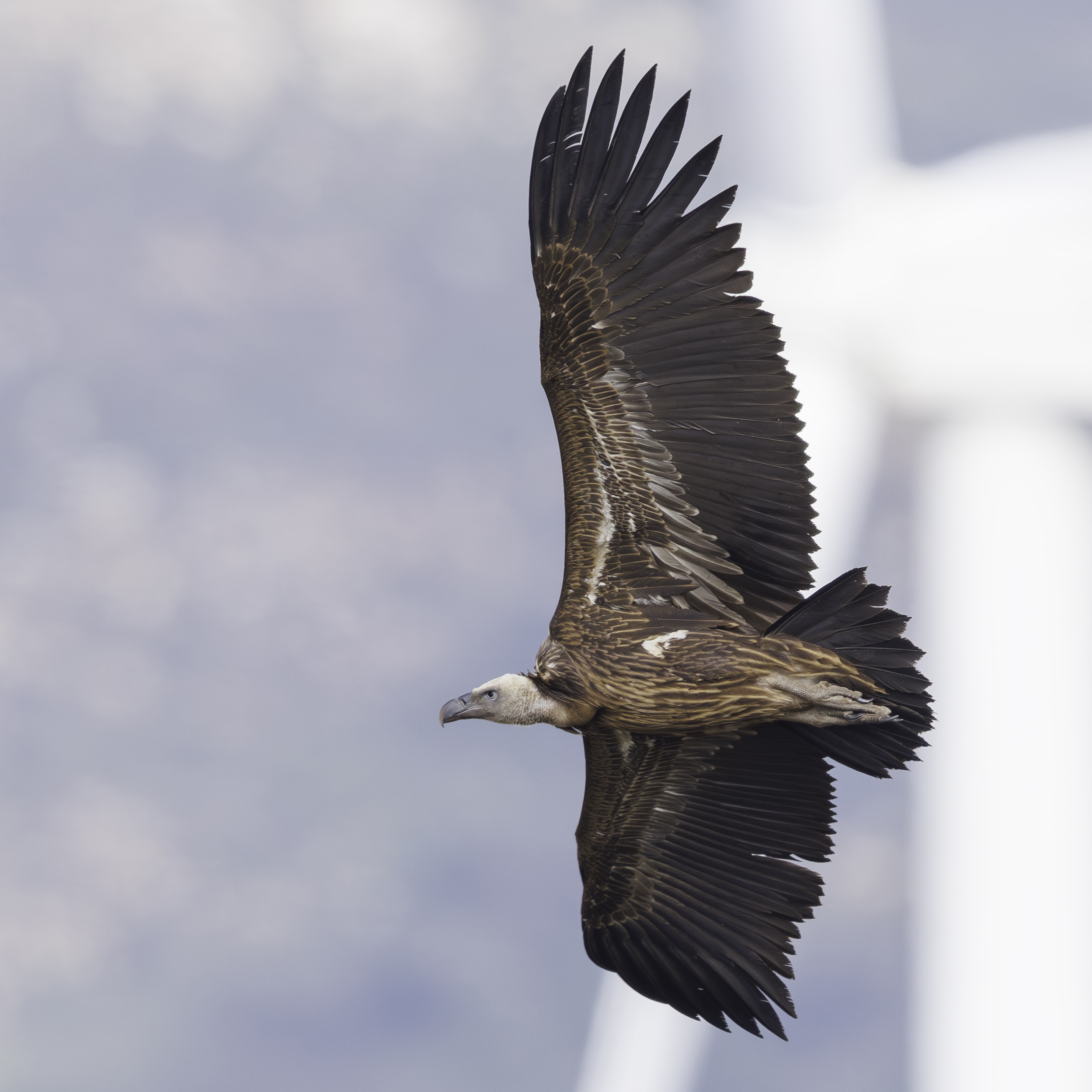
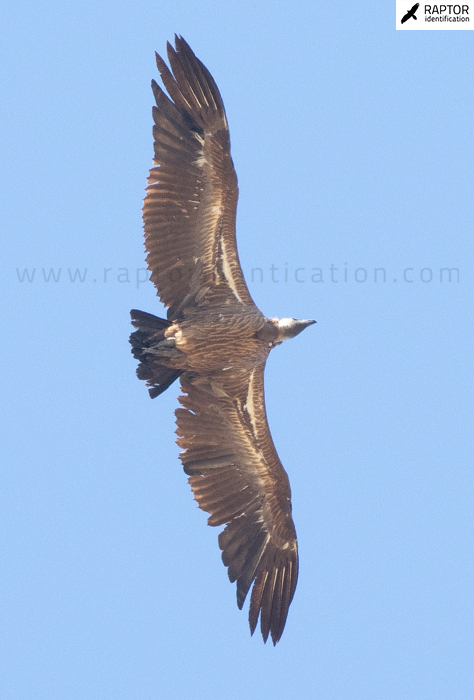
AWBV:
RGV:
EGV:
Abstract from: Rodríguez, G. & Elorriaga, J. 2016. Identification of Rüpell’s Vulture and White-backed Vulture and vagrancy in the WP. Dutch Birding 38.
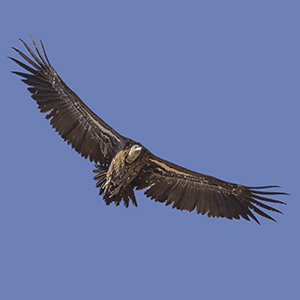
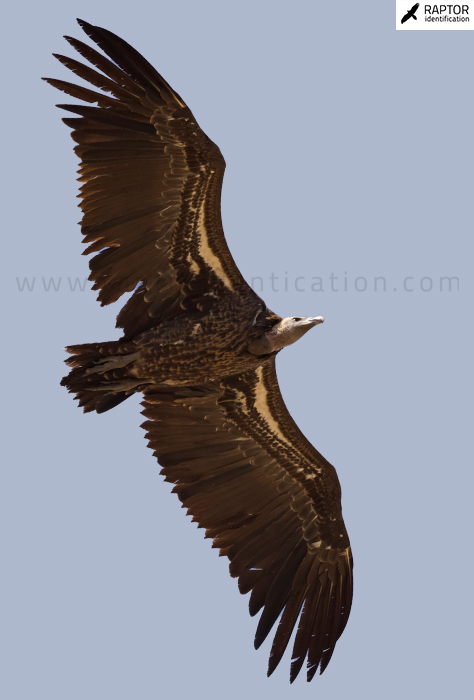
Most Rüppell’s in Europe are observed in the extreme southern Iberia peninsula, mostly 2cy birds between february and november, but especially during their movements between Senegambia and Spain.
In addition to being a darker and smaller vulture, Rüppell’s characteristics are the pattern of the patagium, the clear margins of the greater and upper tail coverts, as well as the arrow pattern of the body feathers. There are other aspects such as the greater extent of moult, the more triangular head, the reddish neck, etc.
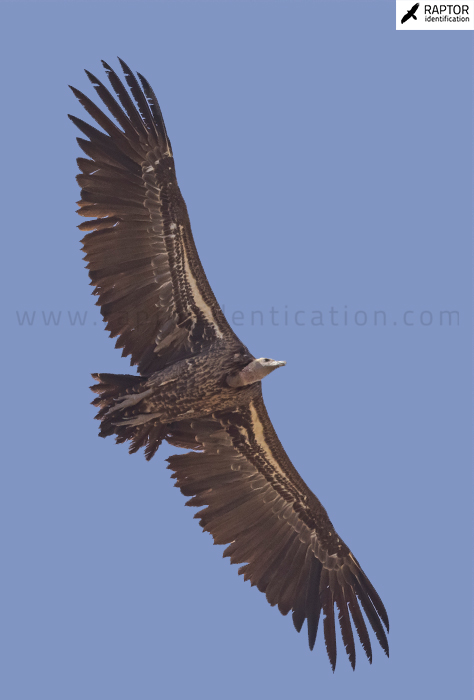
Taxonomy:
· rueppelli (Narrow strip of sub-Saharan Africa, Senegambia to Sudan and Tanzania).
· erlangeri (Etiopía and Somalia).
Status:
Basically resident, with important dispersal movements. In the early 1990s it began to be detected with some regularity in Morocco and the extreme south of the Iberian Peninsula. It is now a regular bird with dozens of annual observations, especially of immature individuals between August and November, although individuals of any age and time of year can be observed. There are also numerous observations throughout Spain, and exceptionally also in France. These birds come to Europe naturally, through their association with the Griffon Vulture that winters in the Sahel, mainly in Senegambia.
In recent years, several mating attempts between Rüppell’s Griffon Vulture and Eurasian Griffon Vulture occured in Spain and Portugal, although their success wasn’t confirmed until 2023 for the first time. That happened in a colony of Eurasian Griffon Vulture in Málaga (Andalusia), where a male of Rüppell’s Griffon Vulture and a female of Eurasian Griffon Vulture raised a hybrid chick, being likely that these cases may take place more frequently in the future.
Moult:
Second plumage: january to december 2cy. Until September of the second calendar year moults the 4-5 innermost moulted primaries.
Third plumage: from february to September 3cy. By September of the third calendar year it has moulted p6-8, even reaching p9. Most secondaries are juveniles.
During 4cy it moults the last outermost juvenile primaries (p8-9) and p10, and by the end of the period it has moulted most secondaries.
Sexing:
Sexes cannot be identified in field.
Similar species:
Griffon Vulture, White-backed Vulture, Lappet-faced Vulture.
Bibliography:
FORSMAN, D. 2016. Flight identification of raptors of Europe, north Africa and the Middle East. Bloomsbury.
OLLÉ, A. & TRABALON, F. 2019. Aves rapaces de Europa. Omega.